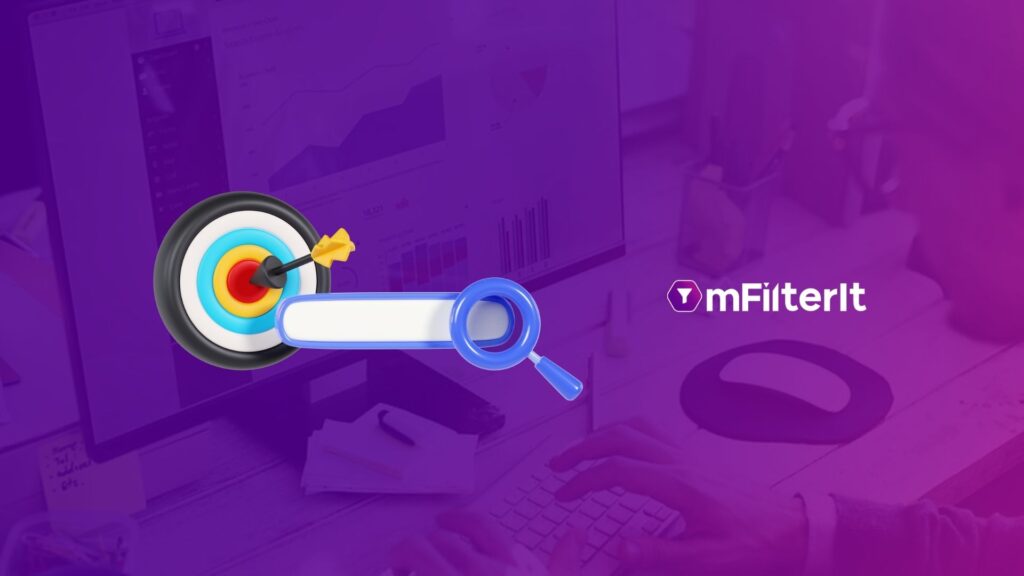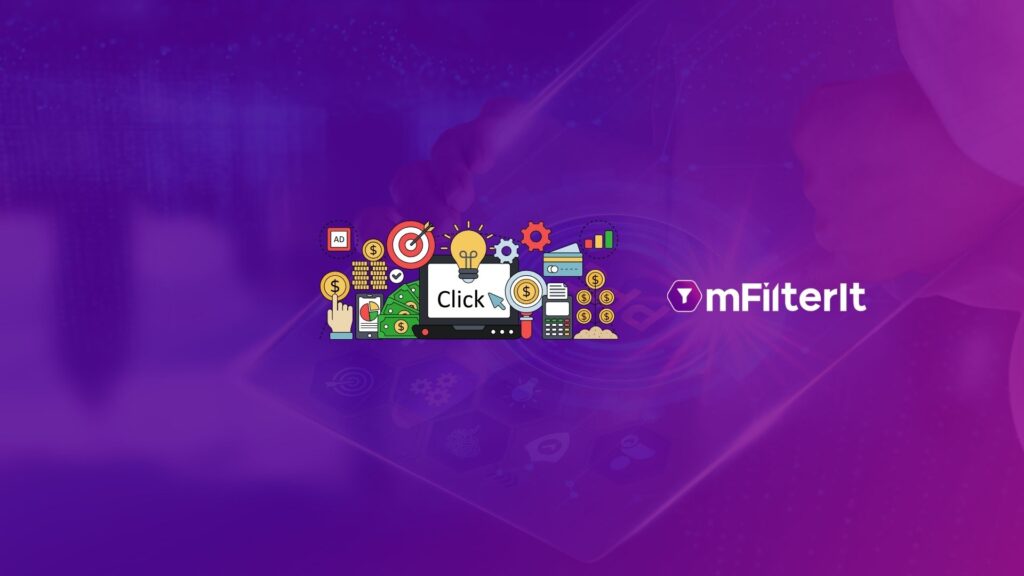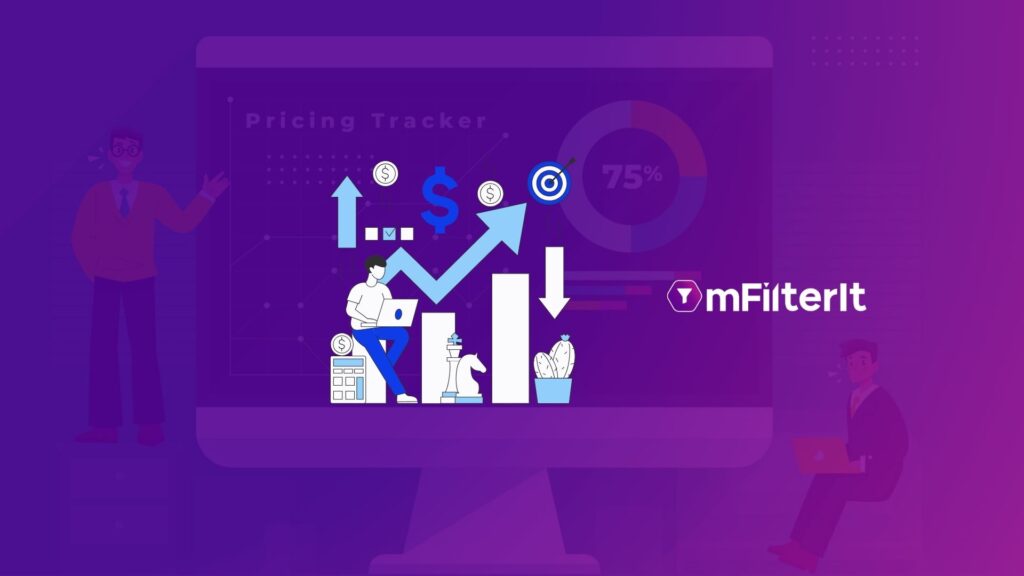How to Effectively Monitor Search Engine Share of Voice for Organic Keywords?
Information is widely available on the World Wide Web; however, finding relatable info has become convenient through search engines like Google, Microsoft, Bing, Yahoo, etc. The biggest benefactor in this circle of search engines is Google, with expected aggregate revenue of $256.74 billion by the end of 2022. Moreover, 92% of the global organic searches happen through Google, including 96% of the mobile organic searches. Traffic generated through organic search results is important to evaluate as it detects whether the Search Engine Optimization (SEO) efforts are paying off or not? It also evaluates whether the brand is easily discoverable, types of content mediums increasing brand visibility or awareness, percentage of competitor results versus your brand, etc. Monitoring and measuring the content medium aiding your brand’s visibility shows the Share of Voice of your brand vis-a-vis the competition. Organic search results often include blogs, news articles, videos, eCommerce platforms, etc., as content mediums. The biggest advantage of outranking competitors on organic keywords is that it reduces the ‘keyword to bid’ for an organization, which supplements the advertising efforts. Therefore, dominating search engines on organic results gives an edge over the competition. Organic keywords are of two major forms, namely long-tail and short-tail. Higher the search ranking on such keywords, the higher the traffic you generate on the content mediums. Consumers often use organic keywords to find the desired product. Moreover, the top ten page results and the top three results matter the most to brands for any keyword, as they have a higher chance of generating a click-through rate. Through organic searches, users visiting brand domains often have a higher chance of becoming prospects, increasing brand engagements, and enhancing brand credibility. Monitoring and measuring the Share of Voice for organic keywords on search engines is possible using eCommerce Competitive Analytics, a.k.a. mScanIt. Monitor Share-of-Voice of Organic Searches through mScanIt Evaluate the Change in Monthly Progress The first and foremost step to evaluating the Share of Voice of organic results on search engines is to carefully review the monthly progress of the eCommerce platforms, brand website, and competitor website. Monitoring the search result analysis every month predicts the change in SOV of the three aspects, which can either show progress or regress. Brands can review and analyze results based on keyword subsets, sub-categories, and other filters using mScanIt’s Search Analytics dashboard. By doing so, you can evaluate the performance of the organic keywords at a much deeper level and use the knowledge to your advantage. Dive Deeper with Device-Based Insights According to a source, 87% of rural people in India prefer mobile internet, whereas 13% rely on widescreen devices like tablets, desktops, and laptops. On the other hand, 73% of urban people prefer mobile internet, whereas 27% search through widescreen devices (Source: Statista). Our solution monitors the Share of Voice of organic searches on all such devices every month. Brands can use the Search Result Analysis of the devices to determine the SOV of eCommerce platforms, brand websites, and competitor websites based on devices. In addition, analyzing the progress helps brands check whether they have higher or lower brand awareness/visibility versus their competition on the type of devices. The Share of Voice analysis also informs brands about the SEO needs, maps organic keyword performance, detects the most influencing content mediums, etc., based on devices. Analyzing SOV brands can find areas of improvement, top eCommerce platforms, keywords that offer the highest visibility to your brand, and more. Organic Search Result on Generic Keywords Knowing the share of organic search results for generic keywords helps a brand learn about its visibility on the commonly used phrases or keywords. Brands with the highest organic search result share have acquired more brand awareness through their website and eCommerce platform listings without paying a dime. Comparing the generic keyword results between the organic and paid search results would detect whether the brand is acquiring a higher share through their SEO efforts or bidding on the right keywords. Moreover, it compares the share of eCommerce marketplaces across its own categories. So, it detects the type of search results that offer the highest/lowest visibility of the online shopping store of your brand and that of the competitors. Conclusion Monitoring the search engine Share of Voice for organic keywords can become challenging unless you use eCommerce Competitive Analytics, a.k.a. mScanIt. The solution provides in-depth insights for the search analytics at brand, sub-category, website, keyword, and other levels. Moreover, mScanIt eases your journey while monitoring the competition’s progress in the same time frame for the same keywords. It detects insights that are not readily available with search engines and gives your brand an edge over the competition. Find out more about the advantages of mScanIt’s search analytics for your brand by scheduling a demo with us.
How to Effectively Monitor Search Engine Share of Voice for Organic Keywords? Read More »









